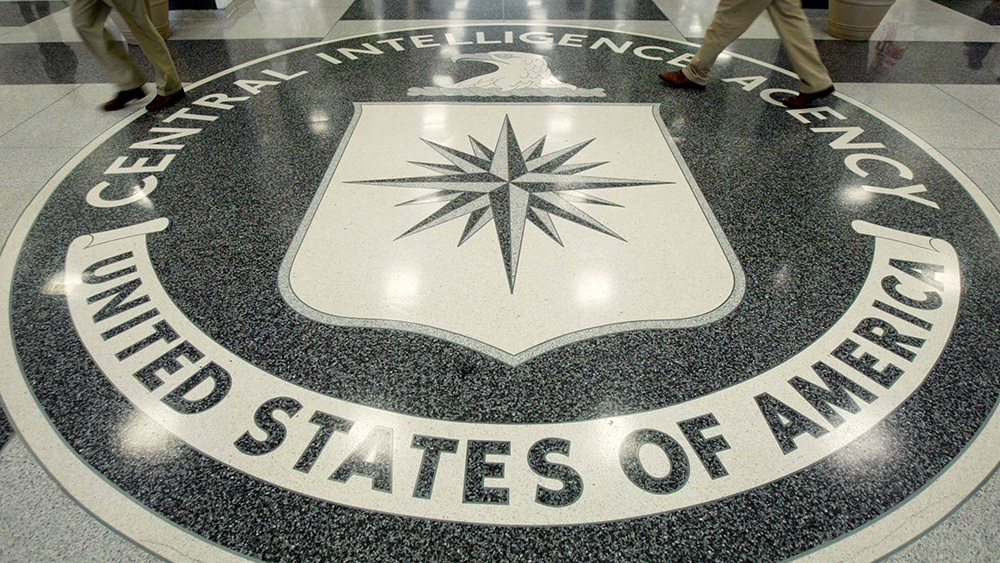The Federal Government Spending Is Even Worse Than Advertised
by Peter Schiff, Schiff Gold:

Uncle Sam is spending money far faster than he’s taking in. The US federal government ran the biggest budget deficit in seven years in fiscal 2019, according to the Treasury Department. And the spending is even worse than advertised.
The $984 billion deficit amounts to 4.7 percent of GDP. That’s the highest percentage since 2012. It was the fourth consecutive year in which the deficit increased as a percentage of GDP. The debt-to-GDP ratio is estimated to have increased a hefty 26 percent over last year.
The pundits in the mainstream media tend to focus on the Trump tax cuts as the cause for the surging deficits, but revenues rose in FY2019. Spending is the real culprit. The Trump administration blew through $4.45 trillion. There were significant increases in both military and domestic spending.
But like most things the government does, the reality of government spending remains partially hidden. If you factor in the amount of money the Treasury Department had to spend to pay off public debt, the total outlay for 2019 came in at nearly $16 trillion.
When the federal government runs a deficit (expenditures exceed revenues), it must borrow money from the public to cover the spending gap. It does this by issuing Treasury bonds with maturities that range from three to 30 years. Uncle Sam not only has to pay interest on these bonds (totaling $376 billion in 2019 alone); it also has to pay the face value of the bonds when they reach full term. If the government is already running a deficit, it must borrow more money to pay off the bonds as they mature.
During the last fiscal year, the Treasury Department spent nearly 11 trillion redeeming maturing public debt. When you add that to the reported spending of nearly $4.5 trillion, you get a staggering $15.5 trillion in actual federal outlays.
As you can see from the chart, over the last 19 years, public debt cash issues (total borrowing) increased by 375% while public debt cash redemptions (debt payments) increased by 311%. You can also see that the Trump administration has significantly ratcheted up the borrowing, exceding levels we saw during the Obama years and the Great Recession.
When we talk about spending and debt, most people tend to shrug. After all, the debt has grown precipitously for decades and nothing bad has happened. Even those in the political class who express concern about the debt tend to frame it as a problem that will manifest itself in a few decades. But this kind of spending simply isn’t sustainable. You can kick the can down the road for a long time, but eventually, you run out of road.
And we may run out of road sooner than people think.
Two things could happen that would make the massive debt an immediate problem.
First, interest rates could rise. The Federal Reserve has held rates artificially low for over a decade. Last year, the central bank moved to “normalize” rates. It managed to push the interest rate to 2.5 percent before the stock market tanked. When that happened, the Fed initially put rate hikes on pause and then cut rates three times this year. As economist Mark Brandly explained in an article on the Mises Wire, if rates returned to anywhere near normal, interest payments on the debt could exceed outlays for Social Security. And with the coming budget deficits, it’s possible that interest payments could surpass a trillion dollars annually in the next decade.
If inflation begins to rear its ugly head, the Fed will find itself between a rock and a hard place. It will either have to increase interest rates and topple the federal government’s budgetary house of cards or keep printing money and collapse the dollar.
During his press conference after the most recent FOMC meeting, Federal Reserve Chair Jerome Powell indicated that the choice is going to be let inflation run. He indicated that it would take a “really significant” and “persistent” move up in inflation before considering rate hikes. Basically, Powell conceded that the Fed wasn’t going to be vigilant about inflation. Peter Schiff said rate hikes are the furthest thing from the Fed’s mind.
They’re not even considering raising rates right now. So, the only thing that they’ll do is cut rates or leave them alone … This is a very dovish stand for the Fed to take. Probably the most dovish stance I’ve ever seen the Fed take with respect to its supposed tolerance for inflation. Because, in the past, the Fed always pretended it would be vigilant and it would be more proactive when it came to inflation — that it wouldn’t wait to see the whites of inflation’s eyes. I mean, it would fire if it believed there was an inflation threat, but it didn’t actually believe one existed.”
The debt and spending make it virtually impossible to respond to inflation without wrecking the debt supported economy.
Loading...




